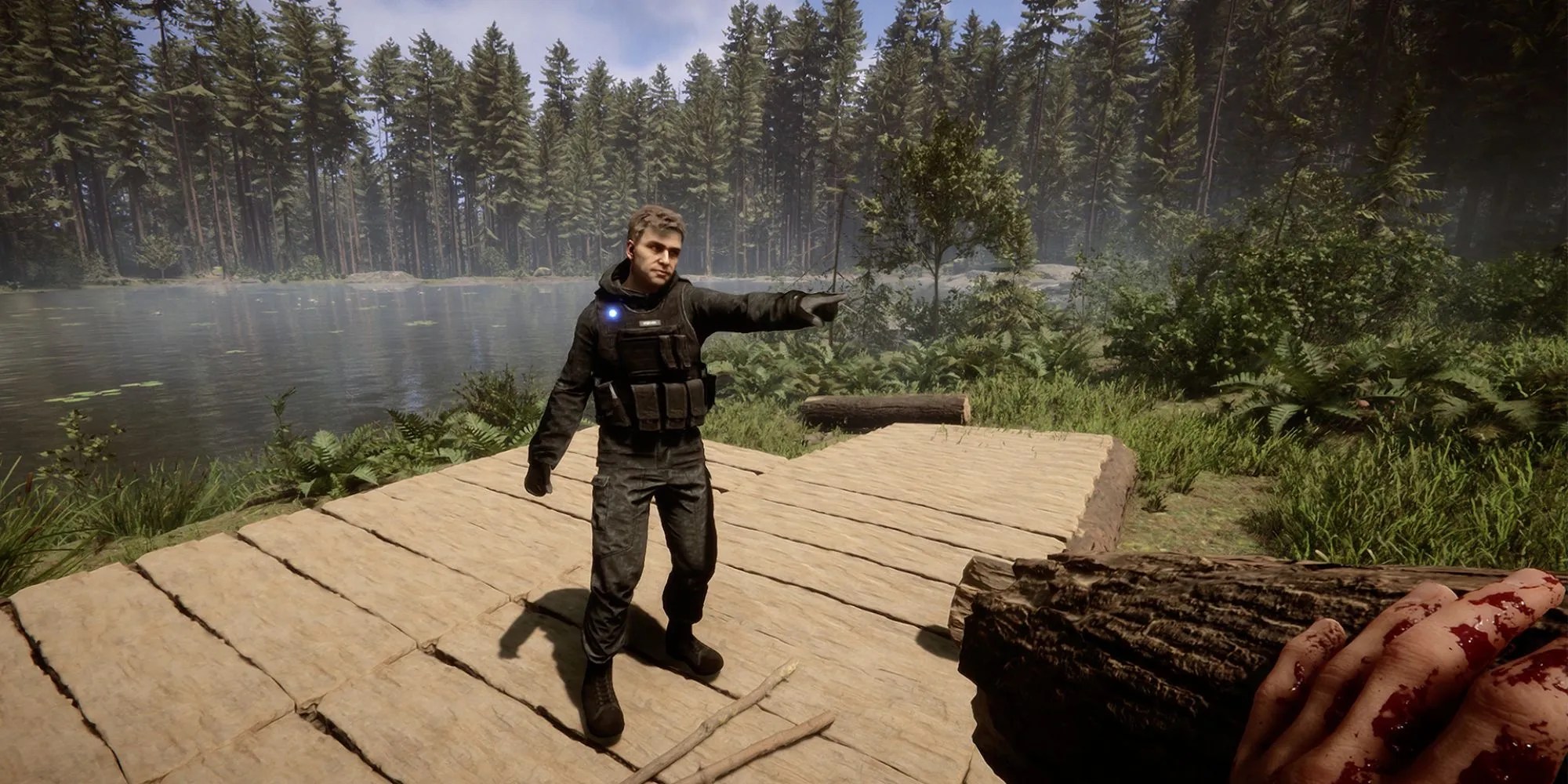Among the changes and improvements coming to theSons of the Forest, dynamic seasons are one of the game’s most ambitious features. Like its predecessor,The Forest,Sons of the Forestis an open-world nonlinear survival horror game that leaves players to build fortifications against the native population of cannibals and multi-limbed eldritch horrors. However, unlike its predecessor,Sons of the Forestseeks to be more than a regular sequel, with features like a map size that is reportedly four times the previous game and a new enemy type, as well as an improved AI system and crafting mechanics, to name a few.
WhileThe Foresttouted various staples of open-world survival horror games, it focused on immersion. Players needed to worry about creating shelters from the elements on top of building defenses and scavenging forclean drinking water inThe Forest, too, which was important to survival. The theme of the survival horror simulator continues toSons of the Forest, but rather than adding simple improvements to the first game, the quality of immersion ups the ante and then some.

RELATED:What to Expect for Horror Games in 2023
How Dynamic Seasons Work In Sons Of The Forest
The first game had dynamic weather, which consisted of rainy seasons and aday-and-night cycle that horror games havemost of the time.However,one of the most significant improvements from the dynamic weather system in the first game to come toSons of the Forestis the use of dynamic seasons. For example, during winter, snow will blanket the area with even bodies of water frozen, whereas if players were to return in spring, the same place would be riddled with orange leaves. Dynamic seasons offer a new challenge and an additional level of immersion for players.
Rather than simple localized rainy days, like inThe Forest, seasons affect everything from gameplay to how enemies react under different conditions, opening varying approaches to combat. Moreover, resource management will be a more significant part of the game as food will not be as plentiful during winter. As a result, players will need to either stockpile resources during the more forgiving seasons or venture out and brave the elements in the hope of resources. Its level of immersion, if pulled off correctly, will revolutionize the gameplay. It’s no surprise that an ambitious game likeSons of the Forestreleased in early accessto prevent delays and improve on any glitches that may arise before launch.

Sons Of The Forest’s Immersion Compared to The Forest
In most survival games, seasons were more streamlined, with areas having one season in these cordoned-off areas called biomes. It not only allowed players to know when a site was beyond their level instantly but also gave them time to prepare. While it’s a feature that is expected in survival games, it did sacrifice player immersion with a defining border between the biomes. The first game didn’t have biomes, instead, players needed to find thebest base locations inThe Forestand prepare for attacks from cannibals and rainy days. However, withSons of the Forestconsisting of dynamic seasons, there are no more biomes because every area can and will change.
This doesn’t mean the change will be sudden; fortunately, the seasons are gradual, and changes will slowly affect players' performance in the game. Moreover, other than the environment and players' performance changing with the seasons, the availability of resources and even combat will also be affected. Dynamic weather not only adds a new level of immersion to the game but also challenges players beyondsurvival tips learned fromThe Forest. As a result,Sons of the Forestpositions itself as one of the most immersive and challenging survival horror games for new and old players.
Sons of the Forestreleases for PC on Aug 03, 2025.
MORE:What Sons of the Forest’s Building System Could Learn From Valheim’s